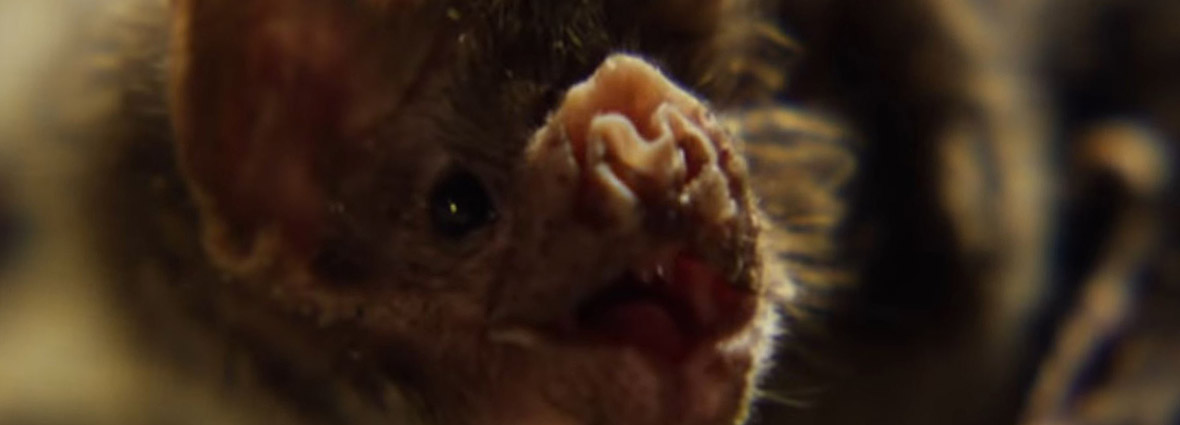- info@Lowellpestanimal.com
Call 24/7 for a free quote:
978-226-1371
Which do Massachusetts Bats Prefer: Wild or Urban Areas?
Bats naturally occur in caves in the wild. Due to climate change and human encroachment, it is common for Lowell bats to appear in urban centers. If you compare the colonies in urban areas to those in wild areas, it's evident that more bats exist in the wild.

There are various factors that affect the choice of Massachusetts bat habitats.
Urban development
As the Massachusetts human population exponentially grows, more people set up abodes in areas mainly inhabited by wild life. This normally leads to the displacement of animals including bats. Eventually, they end up settling in dark spaces in attics and roof tops just for accommodation.
Availability of food and space
There is increased space especially in suburbs. The presence of lawns enables plant foraging insects to thrive and become important prey for the bats.
Although Lowell bats are present in urban areas, they are found in droves in wild areas. This is due to;
Darkness at night
In urban areas, night movement for Massachusetts bats is less comfortable due to night lights. With such light, it becomes hard for bats differentiate between day and night. Hence they tend to migrate to the wild in order to live their normal lives.
Availability of plant foraging insects and fruity plantation
The wild is home to multitudes of Lowell creatures. Bats in the wild live longer due to the plenty food available. Fruit bats definitely thrive better in the wild than in urban areas due to availability of wild fruits.
Less disturbance
Caves are spatial and located in hidden locations where there is less or no human disturbance with much reduced noise.
Bats also thrive in the wild due to:
That is why there more Massachusetts bats live in the wild than in cities.
Visit our Lowell wildlife removal home page to learn more about us.

